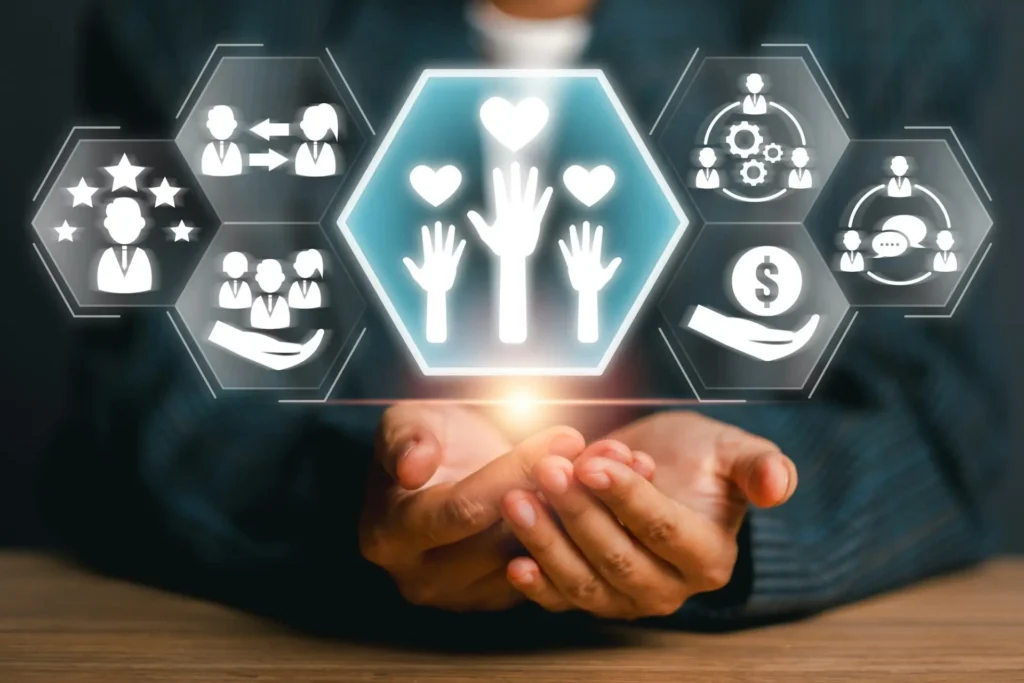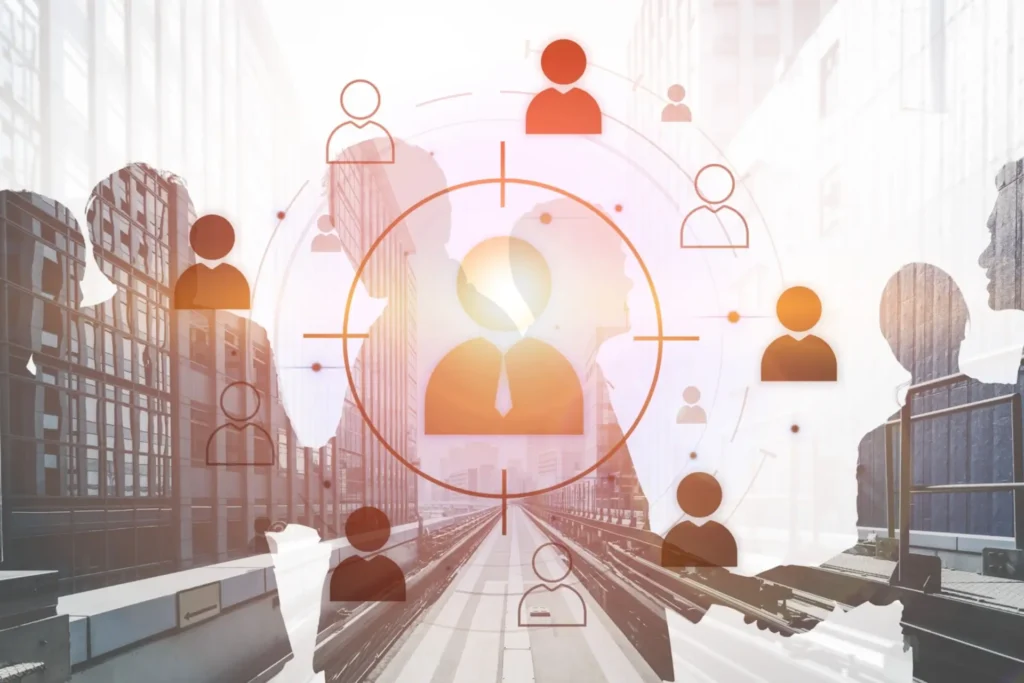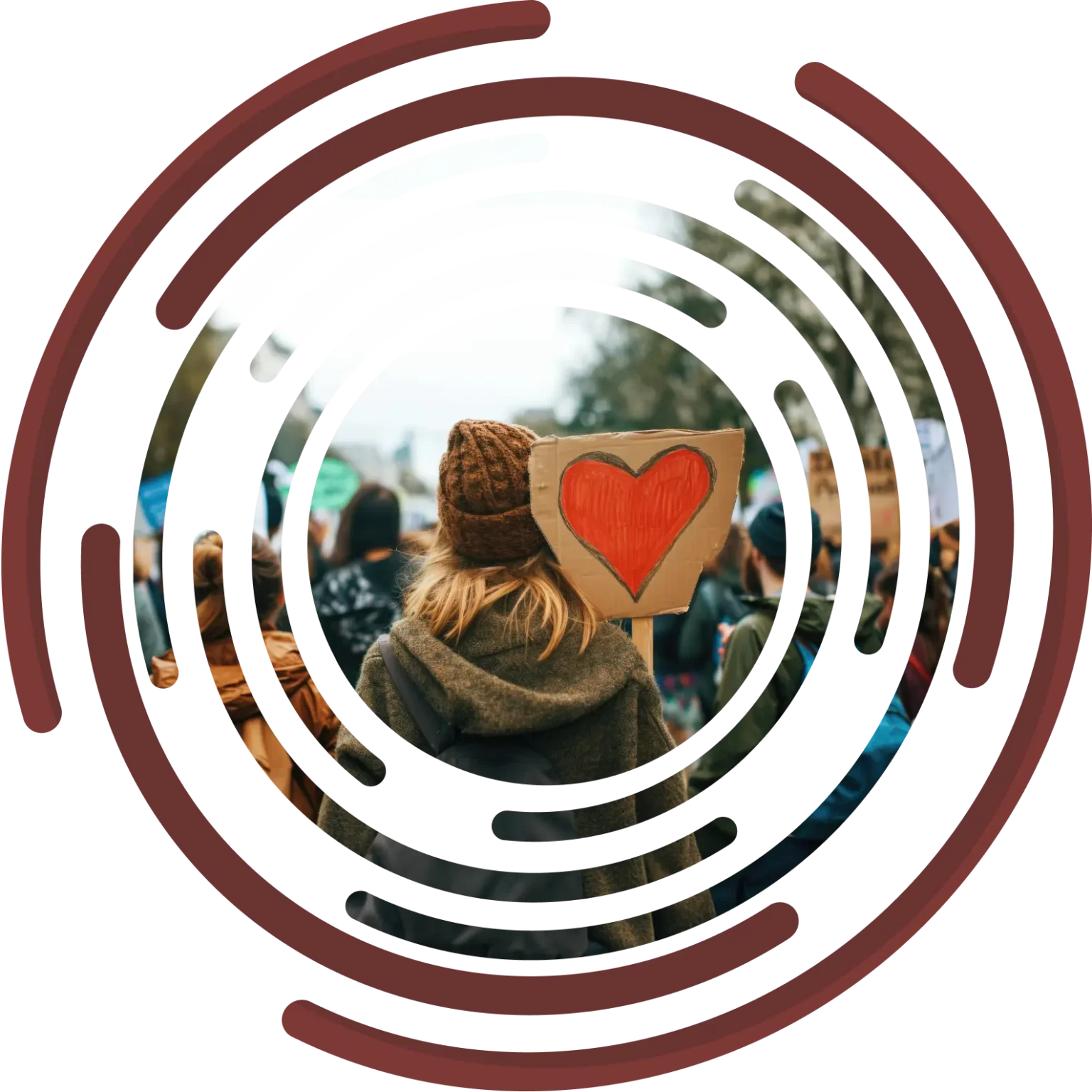Introduction: Beyond the Purchase
Behavior change marketing goes beyond traditional approaches by focusing not just on short-term persuasion, but on inspiring lasting, meaningful action. While conventional marketing often aims to drive immediate transactions or boost brand awareness, behavior change marketing seeks to shape enduring habits and attitudes.
This approach is particularly valuable for government agencies, NGOs, and purpose-driven organizations seeking to create meaningful social impact. By applying principles from behavioral science, we can design ethical, evidence-based campaigns that deliver measurable results and foster positive change in communities.
A useful framework for understanding this process is B.J. Fogg’s Behavior Model, which suggests that a behavior (B) occurs when motivation (M), ability (A), and a trigger (T) align at the same moment. The sections that follow will unpack each of these elements in detail, outlining how they can be used to build effective, ethical campaigns that truly make a difference.
Understanding What Drives Behavior
To drive meaningful change, you must first understand the psychology behind an individual’s actions. Every behavior results from three core drivers: motivation, ability, and triggers.
● Motivation is the driving force behind any behavior—the “why” that inspires someone to take action. It can come from within, such as the personal fulfillment that comes from helping others, or from external factors, like earning a reward or recognition. For instance, a nonprofit campaign might appeal to a donor’s intrinsic motivation to make the world a better place, while also offering an extrinsic incentive, such as a personalized thank-you gift, to encourage participation.
● Ability refers to the capacity to perform a behavior. If a task is too difficult or takes too many steps, the likelihood of it being completed drops significantly. Our strategies focus on making the desired action as easy as possible.
● Triggers are the cues that prompt a behavior. Without a well-timed trigger, even a highly motivated person who is capable of acting will not follow through. Our
work with data-driven campaigns ensures triggers are delivered at the optimal time.
This holistic approach to understanding behavior is at the core of our methodology. To see how we apply it, explore our 988 Case Study and Louisiana Case Study.
The Power of Triggers
A trigger is the spark that initiates action. Triggers can be categorized as external (e.g., an email, a text message, or an advertisement) or internal (e.g., a feeling, a thought, or a memory). The key to an effective campaign is not just the trigger, but its timing and context. A trigger is most effective when the person is already in a state of contemplation or motivation.
Our ORION Platform utilizes data to pinpoint these ideal moments. For a public health campaign, this might mean sending an online message to schedule a check-up right after a person has searched for health information online. The platform’s analytics ensure our clients’ messages are delivered precisely, leading to higher engagement and more effective outcomes.
Motivation and Rewards
Rewards are crucial for reinforcing positive actions and sustaining behavior over time. They can be intrinsic or extrinsic. While extrinsic rewards (e.g., a discount or a prize) can drive initial engagement, inherent rewards (e.g., a sense of accomplishment, pride) are often more powerful for long-term engagement.
A great example of this is our work with the Clearwater Marine Aquarium. We helped them create a program where visitors who engaged with their conservation messages felt a deeper connection to the cause, motivating them to share their experiences and become advocates. This strategy of fostering intrinsic rewards through community engagement led to a measurable increase in long-term support.
Reducing Friction
If a behavior is difficult to perform, it won’t last. Our strategy focuses on reducing friction by making the desired action as easy as possible. Friction can come in many forms:
- Cognitive friction occurs when a decision-making process is too complicated.
- Physical friction involves a process that takes too many steps.
- Financial friction is a cost that is too high.
Our work with The Behavioral Health System in Baltimore is a perfect example of this in practice. The system needed to encourage more people to access their services. We identified that the main friction points were mental health stigma and lack of access to information. By simplifying the user journey and using empathic, culturally relevant messages, we helped the system reduce barriers; in turn, increasing client engagement and service usage.
Measuring Impact: Beyond the Click
For purpose-driven organizations, measuring the real impact of a campaign is paramount. We help our clients go beyond vanity metrics, like clicks and impressions, to track genuine social impact. We focus on metrics that truly matter, such as:
- Adoption Conversion Rate: The percentage of people who started a new behavior.
- Sustained Behavior Rate: The percentage of people who maintained the behavior over time.
These metrics are far more valuable for a nonprofit or government agency because they directly demonstrate the campaign’s effectiveness in creating positive change. To learn even more, our white papers provide an in-depth look at behavior change theory and measurement.
Conclusion: The Future of Purpose-Driven Marketing
Combining a deep understanding of behavioral science with ethical and data-driven strategies empowers organizations to achieve meaningful and sustainable change. Magnitude of Change is a Certified B Corporation dedicated to helping change-makers, policy experts, and community leaders create a better world. Our approach ensures every campaign is designed to drive positive community behavioral change and enhance community engagement.
To learn more about how we can help your organization, please feel free to Contact Us.
FAQs: Driving Sustainable Behavioral Change
What is the difference between behavior change marketing and traditional marketing?
Traditional marketing often focuses on immediate sales or brand awareness. Behavior change marketing aims to influence and sustain specific actions or habits over time to create a lasting social impact.
How can we measure the real impact of our campaigns?
Measuring impact involves looking beyond simple metrics like clicks or impressions. We focus on tracking the actual behavioral change and its effect on the community. Our ORION Platform and Managed Service help organizations collect and analyze the data needed to understand their impact.
Is behavior change marketing ethical?
Yes, when done correctly. We ensure all our campaigns are ethical and inclusive. The goal is to empower people to make positive choices, not to manipulate them. As a Certified B Corporation, we are committed to ethical marketing solutions.
Which industries can benefit from behavior change marketing?
Our expertise is in highly specialized and regulated verticals. We work with government agencies, NGOs, purpose-driven brands, and other socially-conscious organizations. Our strategies are adaptable to any sector that seeks to drive positive change.
How long does it take to see results from a behavior change marketing campaign?
While some results, like increased website traffic, can be seen quickly, the accurate measure of success is the long-term adoption of a new behavior. Depending on the complexity of the behavior, this can take several months. We focus on sustained impact, not just short-term wins.
What kind of budget is required for these strategies?
The budget for a campaign can vary widely depending on the scope and the channels used. Our services are flexible, offering a fully Managed Service for large-scale campaigns and a Self-Service platform for organizations that prefer a more hands-on approach.








